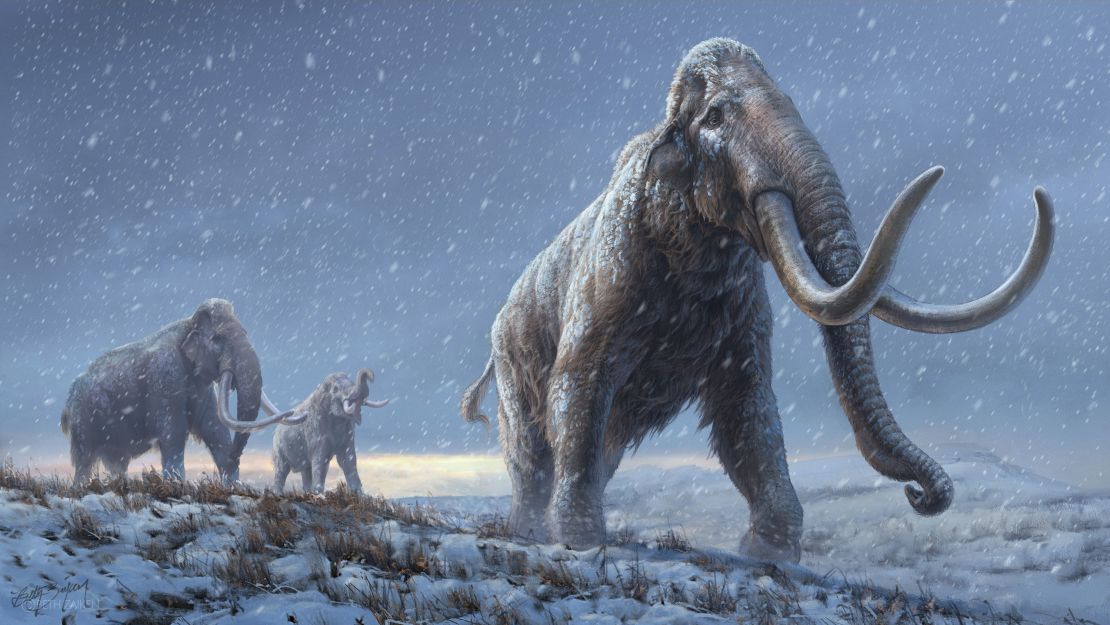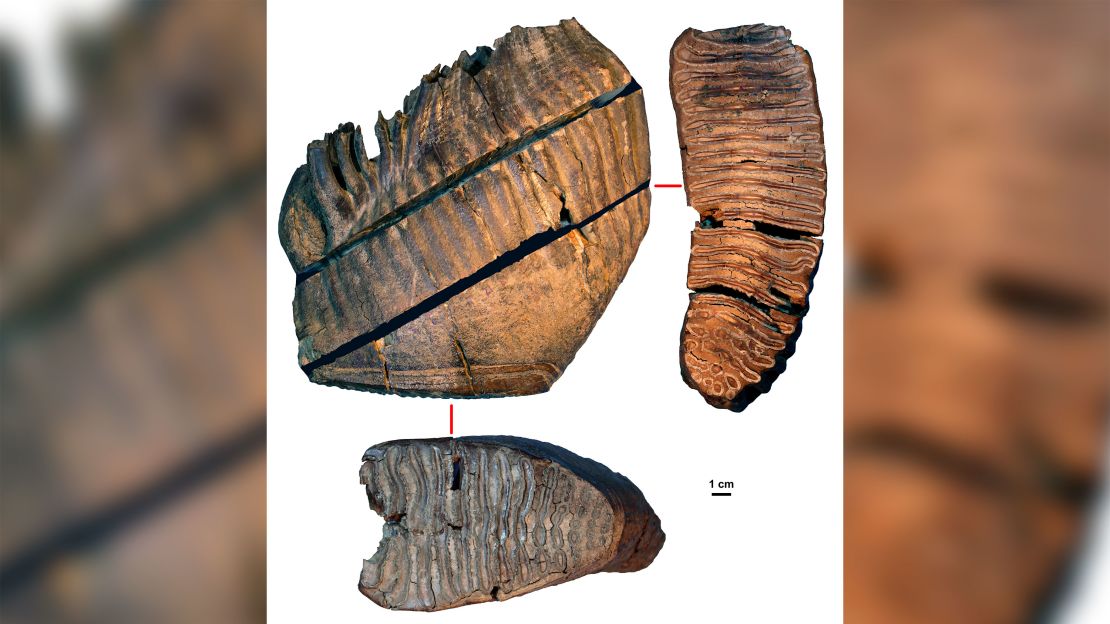A tooth from a mammoth that roamed the Siberian steppe more than a million years ago has yielded the world’s oldest DNA sequence.
It’s the first time that DNA has been recovered from animal remains more than a million years old. Previously, the most ancient DNA sample was from a horse that lived between 560,000 and 780,000 years ago.
The information recovered from this giant of the Ice Age reveals how mammoths evolved and adapted to life in a cold climate. It also may show a previously unknown species of mammoth.

“This DNA is incredibly old. The samples are a thousand times older than Viking remains and even pre-date the existence of humans and Neanderthals,” said Love Dalen, a professor of evolutionary genetics at the Centre for Palaeogenetics in Stockholm.
An international team of researchers was able to isolate DNA from molars from three separate mammoths collected from the Siberian permafrost in the 1970s. They dated the teeth using geological data and by analyzing the DNA.
The research published in the journal Nature on Wednesday.
The oldest mammoth tooth dated back to between 1.2 million and 1.65 million years ago. The younger estimate comes from a method known as biostratigraphy, where scientists assess the presence of small rodents found in the layers of sediment – species that only existed during certain time periods.
They also measured what’s calledthe paleomagnetism of rock and sediment at the site. This method uses the orientation of Earth’s magnetic field, which has changed through time and leaves traces in magnetic minerals in the rock, to determine ages for fossils and rocks.
The older estimate comes from the genome the researchers recovered.
“There could be several reasons why these estimates differ. For example, maybe the Krestovka specimen originally comes from an older layer but had at some point eroded out and then become redeposited in a younger layer,” said Dalen.
“Alternatively, and in our view more likely, our estimated molecular clock rate is a bit off,” he said, suggesting that pinpointing the date isn’t an exact science.
“At any rate, both these types of dating analyses show an age of more than 1 million years.”
‘Complete surprise’
Named the Krestovka mammoth after where it was found, the research showed that this particular type of mammoth diverged from other Siberian mammoths more than 2 million years ago.

“This came as a complete surprise to us. All previous studies have indicated that there was only one species of mammoth in Siberia at that point in time, called the steppe mammoth,” said study co-author Tom van der Valk, a postdoctoral researcher at the Swedish Museum of Natural History.
He said that their DNA analysis showed there were two different genetic lineages and they may represent different species. They also believe that it was mammoths belonging to this previously unknown lineage that colonized North America some 1.5 million years ago.
The second-oldest mammoth lived as along as 1.34 million years ago and belonged to a population that were the ancestors of the woolly mammoth, the last mammoth to go extinct about 5,000 years ago. They compared its genome with a woolly mammoth that lived about 700,000 years ago and some that lived not long before they disappeared.
Their analysis showed that traits associated with life in the Arctic – hair growth, fat deposits and tolerance of cold – were already present more than a million years ago and would have evolved slowly and gradually over time. The youngest specimen they found and sequenced was from a tooth of an early form of woolly mammoth that lived more than 680,000 years ago.
Even older DNA
While the permafrost had helped to preserve the DNA, it was still very challenging to extract from the samples, the researchers said. The DNA had degraded into very small fragments that the researchers compared to a jigsaw puzzle with more than a billion pieces. To inform the process, they used a detailed genome from a living African elephant, which acted a bit like the lid of a jigsaw puzzle.
“It usually helps to have a cover of a box to sneak peak at and that is how we use the reference genome of the elephant,” said Dalen.
Being able to extract and analyze million-year-old DNA could allow scientists to track the origins and evolution of many different species, including potentially our own. In theory, the researchers said it is possible to extract DNA from specimens that are 2.6 million years old.
That’s the age of the earliest permafrost – soil that remains frozen all year long and helps stop the DNA from degrading. It is unlikely that ancient DNA could be preserved so well outside permafrost regions, they said.

Permafrost is covered by a layer of ground that thaws in summer – sometimes revealing well-preserved mammoth and other ancient remains of Ice Age creatures like cave bears and woolly rhino – sometimes with soft tissue in tact.
In recent decades this “thawing season” has grown longer as a result of climate change, Dalen said, with the region warming twice as fast as other parts of the planet. This had led to an increase in the number of ancient finds.



